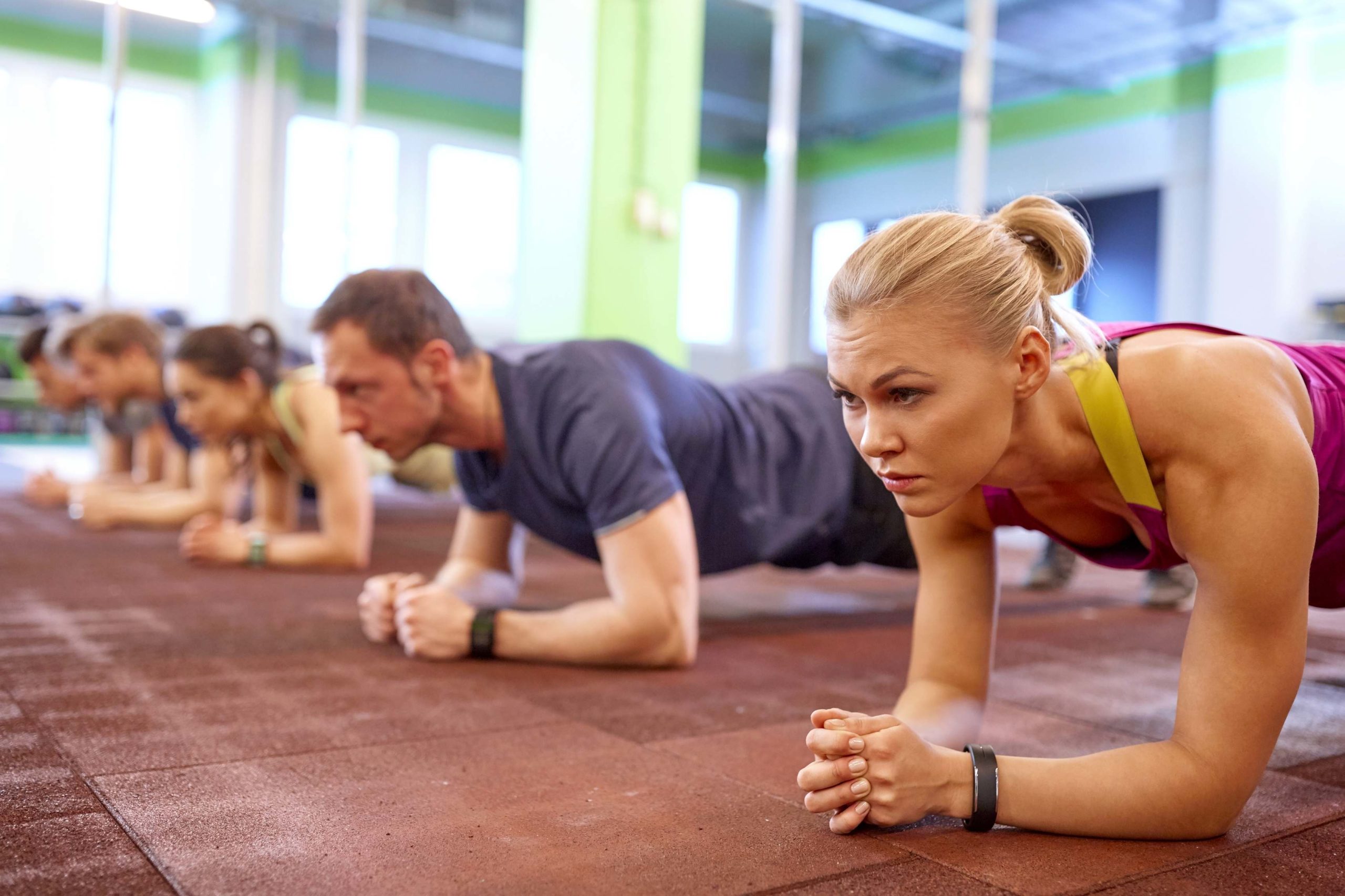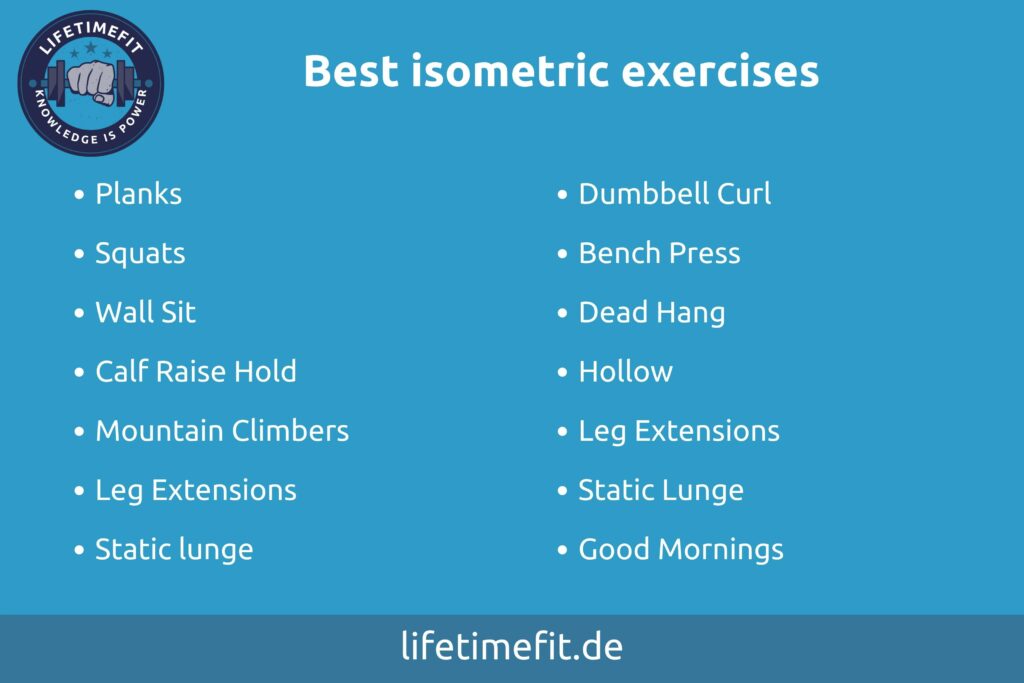Building strength with isometric training

There are many ways to train and strengthen your muscles. However, if you want to take it a little easier, you should try isometric training. The calm and static movements make you stronger, but they also promote concentration. Here are the best tips for isometric training.
The muscle always has the same length during training
Isometric training already existed among the ancient Tibetans about 3000 years ago. And the Greek athletes of ancient times are said to have prepared themselves for the Olympic Games with this workout. The word “isometric” is derived from Greek and means the same length. This is appropriate because, unlike in conventional strength training, where the muscle shortens and stretches, it remains the same length in isometric training.
Isometric exercises make the muscle grow
As with dynamic training, static muscle work exerts a growth stimulus on the muscles. However, there is one crucial difference: isometric exercises do not increase muscle mass but rather tighten and strengthen the existing muscle mass. Therefore, dumbbells, fitness bands, or other equipment is unnecessary for isometric training. Your own body weight is entirely sufficient to carry out a varied program.

Who may perform isometric training?
All of them, actually. Even people with physical complaints, like joint problems. Due to the static design, no friction could hurt the joints. Isometric training is also suitable for people who suffer from back pain or disc problems. The corresponding isometric exercises strengthen approximately 150 muscles around the spine. The tighter the muscles, the better they can hold the spine and intervertebral discs and relieve the strain on them.
Integrating the exercises into everyday life
Isometric training can be wonderfully integrated into everyday life. If you want to get stronger, you have several options. Here are three of them:
- More muscular butt: In the office, in the queue at the supermarket, almost everywhere, you can intensively tense and release your butt for ten to 20 seconds every now and then.
- Muscular arms: You will be rewarded with solid arms if you press the two palms of your hands intensively together in front of your chest.
- Strong legs: Great legs are the reward if you press your feet firmly into the ground for ten to 20 seconds every now and then while sitting down.
The probably best known isometric exercises
Probably the best known isometric exercise is the plank position, which you can perform in many variations. Beginners should start with the regular Plank and the Side-Plank. 3 x 20 to 30 seconds are already great. Advanced users can manage one minute and more.
